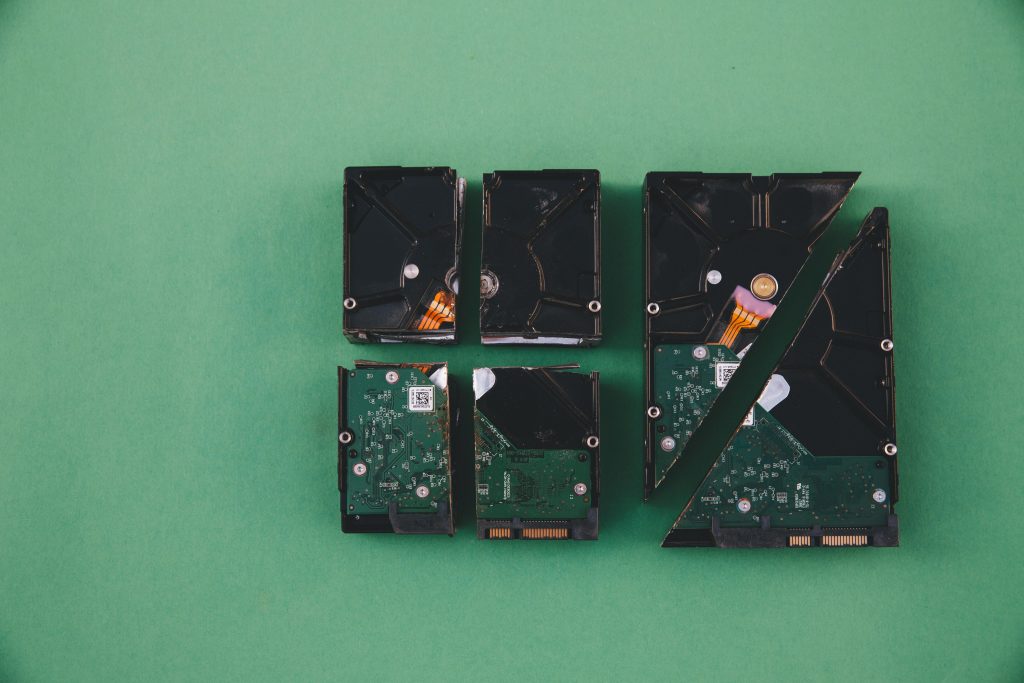Guidance on NVMe M.2 SSD Data Recovery from a Lenovo T13 Laptop
Encountering a sudden failure in accessing data from a laptop’s storage device can be both concerning and challenging. This article aims to provide a comprehensive overview of the steps and considerations involved when attempting to recover data from an NVMe M.2 SSD removed from a Lenovo T13 laptop, especially in scenarios where the device displays boot issues and is unresponsive to standard repair methods.
Understanding the Problem
The user reports that their Lenovo T13 laptop, running Windows, became unbootable and displayed a persistent boot screen, preventing access to BIOS and rendering key presses ineffective. Standard troubleshooting steps, including full power-down cycles and various key combinations, failed to bring up the BIOS or facilitate booting from alternative media such as USB drives.
Despite the inability to access the original system, the SSD was removed in an attempt to retrieve data. The drive identified is an NVMe M.2 SSD, which typically requires specific adapters for direct connection to another computer.
Initial Troubleshooting and Challenges
- Accessing BIOS and Boot Options: The laptop’s failure to respond to BIOS entry commands and the inability to boot from USB suggest potential hardware issues, firmware corruption, or drive failure.
- Drive Removal and Physical Considerations: Removing the SSD is often the best remedial step when the system’s firmware or motherboard is unresponsive, provided that data recovery is the goal.
Selecting an Appropriate Adapter for Data Access
To access data directly from the NVMe M.2 SSD, an external enclosure or adapter suited for PCIe NVMe drives is necessary. Not all M.2 SSDs are compatible with every enclosure—particularly given differences between SATA and NVMe PCIe protocols.
In this case, two adapters were tested:
- SABRENT USB 3.2 Type-C Tool-Free Enclosure for M.2 PCIe NVMe and SATA SSDs
- SSK M.2 NVMe SATA SSD Enclosure Adapter (USB 3.2 Gen 2, 10 Gbps)
Both adapters supported NVMe M.2 drives but failed to detect the drive in Windows Explorer, even when the drive was recognized by the Disk Management tool. The system’s event logs showed a message: “not migrated due to partial or ambiguous match,” which indicates issues at the driver or filesystem level, not physical connection.
Interpreting the Error Messages
- The “
Share this content:



